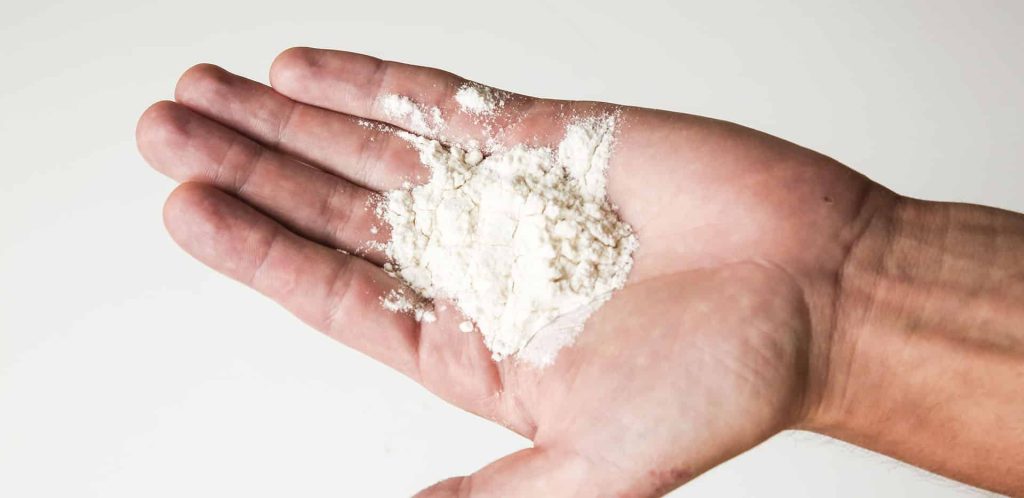How to modify the surface of nano-zinc oxide?

Nano-zinc oxide is a new type of functional fine inorganic chemical material. Due to its small particle size and large specific surface area, it has unique physical and chemical properties in chemical, optical, biological and electrical aspects. It is widely used in antibacterial additives, catalysts, rubber , dyes, inks, coatings, glass, piezoelectric ceramics, optoelectronics and daily chemicals, etc., the development and utilization of broad prospects.
However, due to the large specific surface area and specific surface energy of nano-zinc oxide, the surface polarity is strong, and it is easy to agglomerate; it is not easy to disperse uniformly in organic media, which greatly limits its nano-effect. Therefore, the dispersion and surface modification of nano-zinc oxide powder has become a necessary treatment method before nano-materials are applied in the matrix.
1. Surface coating modification of nano-zinc oxide
This is the main surface modification method of inorganic fillers or pigments at present. Surfactant is used to cover the surface of particles to give new properties to the surface of particles. Commonly used surface modifiers include silane coupling agent, titanate coupling agent, stearic acid, silicone, etc.
Wang Guohong et al. used sodium laurate to modify the surface of nano-zinc oxide. Under the conditions that the amount of sodium citrate was 15%, the pH value was 6, and the modification time was 1.5h, the lipophilicity of the modified nano-zinc oxide was improved. The chemical degree reaches 79.2%, and it can be well dispersed in methanol and xylene. Zhuang Tao et al. used titanate coupling agent to modify the surface of nano-zinc oxide. When the amount of titanate was 3%, the temperature was 30°C, and the stirring time was 90min, the activation index of nano-zinc oxide could reach 99.83%. When the modified nano-zinc oxide is applied to natural rubber, its tst and t90 are both extended, and the tensile strength, elongation at break, and flexural flexibility are all improved.
2. Mechanochemical modification of nano-zinc oxide
This is a method of using pulverization, friction and other methods to activate the particle surface with mechanical stress to change its surface crystal structure and physicochemical structure. In this method, the molecular lattice is displaced, the internal energy is increased, and the active powder surface reacts and attaches to other substances under the action of external force, so as to achieve the purpose of surface modification.
The stearic acid molecule is chemically bonded on the surface of zinc oxide, the crystal structure of zinc oxide before and after modification is the same, the agglomeration of its particles is reduced, and the secondary particle size is significantly reduced. By measuring the activation index and lipophilicity of the modified samples, the optimal amount of modifier is 10% of the mass of zinc oxide. The surface of zinc oxide is lipophilic and hydrophobic, and has good dispersion performance in organic solvents.
3. Nano-zinc oxide precipitation reaction modification
The method uses organic or inorganic substances to deposit a layer of coating on the surface of particles to change their surface properties.
At present, some breakthroughs have been made in the preparation technology of nano-zinc oxide, and several industrialized manufacturers have been formed in China. However, the surface modification technology and application technology of nano-zinc oxide have not been paid much attention, and the development of its application field has been greatly restricted. Therefore, it is necessary to strengthen the research on the surface modification and application of nano-zinc oxide products, develop high-performance products, and broaden the application fields of products to meet the demand for nano-zinc oxide products in different fields.
